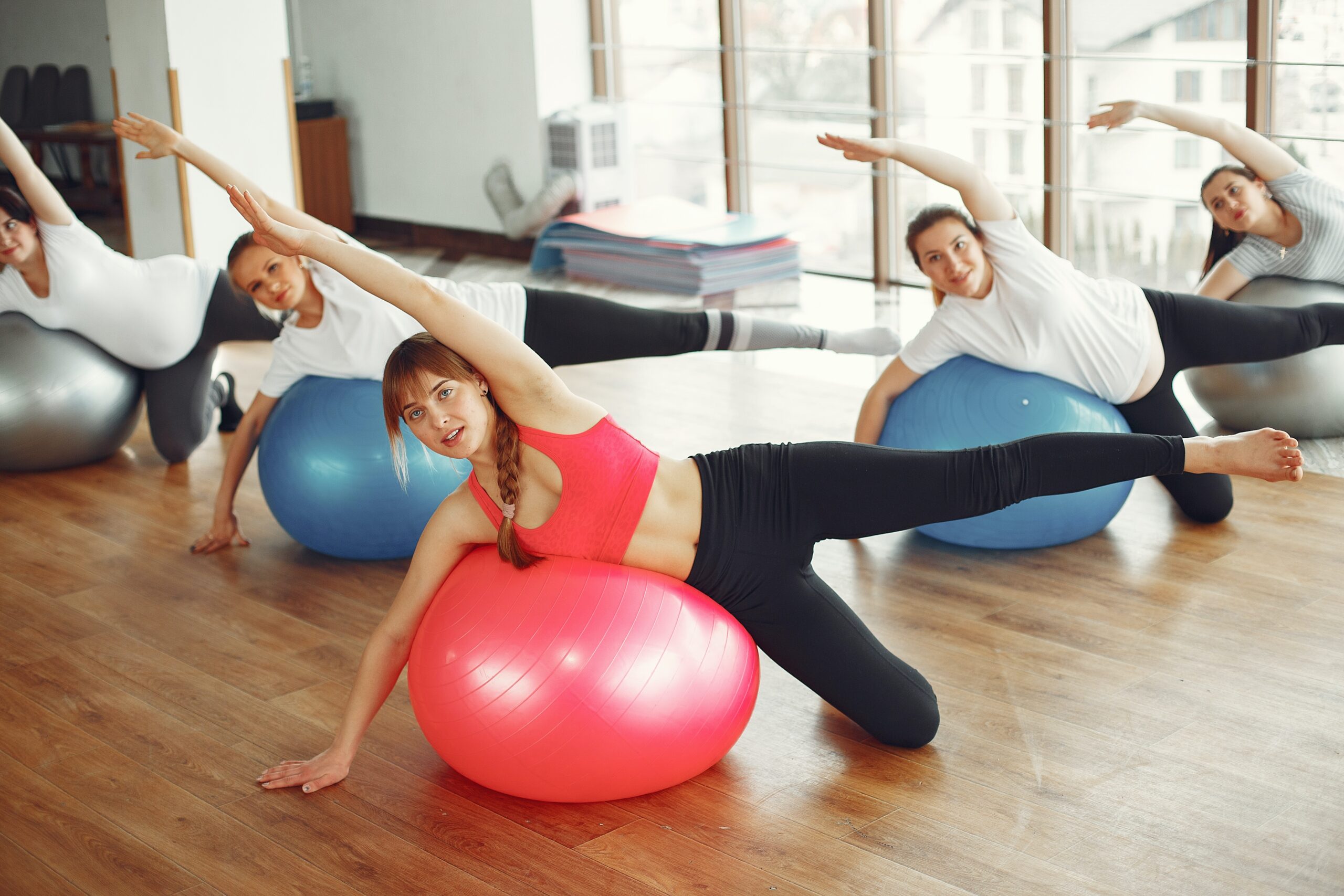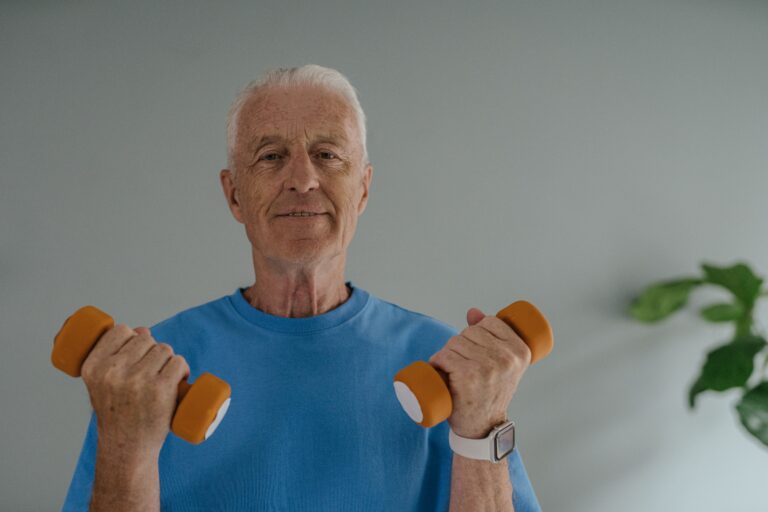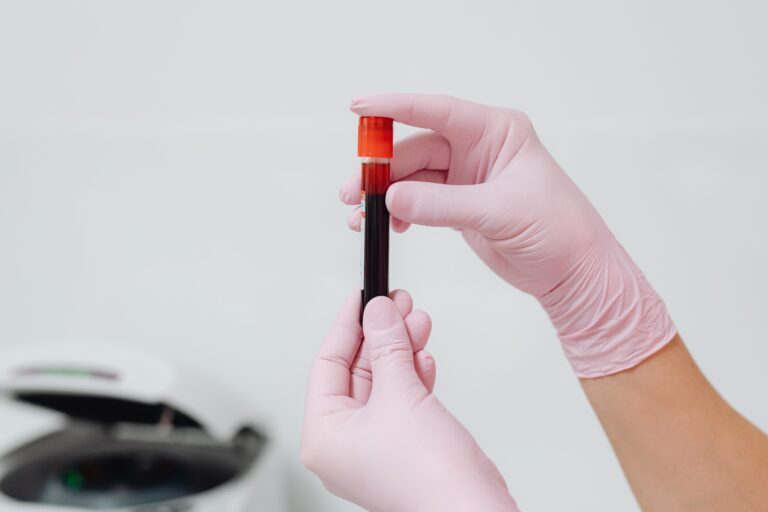Benefits of Aerobics
Aerobics in our Daily Lives
We’ve all been told about the importance of aerobics in our daily lives. But what constitutes an activity as an aerobic one and how do we integrate it into our all ready busy lives?
Why we need Aerobics?
Without a doubt, aerobics are particularly helpful for weight control. Research consistently shows that regular physical activity, combined with healthy eating habits, is the most efficient and healthful way to control your weight.
Whether you are trying to lose weight or maintain it, you should understand the important role of physical activity and include it in your lifestyle.

Physical activity helps to control your weight by using excess calories that otherwise would be stored as fat. The number of calories you eat and use each day regulates your body weight. Everything you eat contains calories, and everything you do uses calories, including sleeping, breathing, and digesting food. Any physical activity in addition to what you normally do will use extra calories.
Following a regular aerobics program gives you a sense of commitment and control – two positive mental attitudes that help counteract stress. Aerobics also relax tense muscles, thereby relieving your body’s stress response.
When is an Activity an Aerobic Activity?

Aerobic exercise is any extended activity that makes you breathe hard while using the large muscle groups at a regular, even pace. Aerobic activities help make your heart stronger and more efficient. During the early part of exercise, your body uses stored carbohydrate and circulating fatty acids (the building blocks of fat molecules) for energy.
Aerobic refers to any exercise that helps you use oxygen more efficiently by reaching and maintaining your Target Heart Range – the safest range of heart beats per minute during exercise. Calculate your Target Heart Range by subtracting your age from 220 for women and 226 for men (go figure!) and multiplying your answer by 60% and by 80%. The lower number suggests a safe rate for beginners, while the higher number would be your goal as your fitness level improves.
For example, a 43-year-old woman subtracts her age from 220 to arrive at 177. Multiplying this number by 60% tells her that her safe rate is 106 beats per minute while her goal would be to bring the rate up to 80% or 141 beats per minute as her fitness level improves.
Tips for bringing aerobics safely into your daily life
|
 |
| Keeping the Beat in Aerobics Aerobics for the Heart High Impact Exercise Free Aerobic Activities Forms of Aerobic Exercises |









I try to do a brisk walk every day (when the weather permits) get your heat beat up and it’s aerobics.